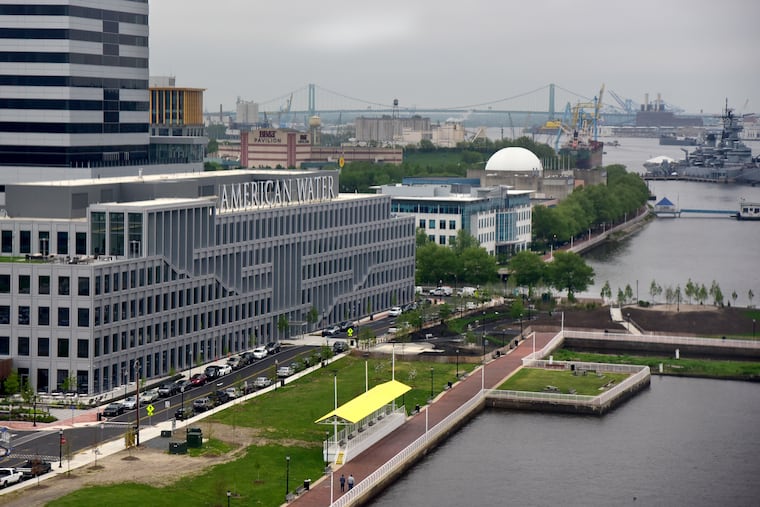N.J. should reform tax breaks and include a cap | Editorial
We support the reforms proposed last week, as well as Murphy’s call for an annual cap on total tax breaks.

We support the reforms proposed last week, as well as Murphy’s call for an annual cap on total tax breaks.
